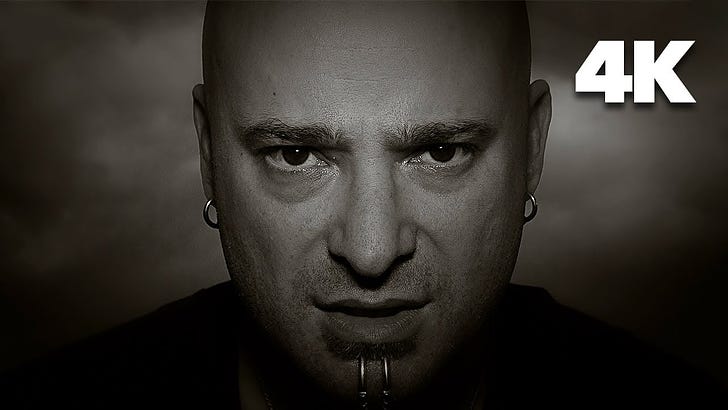Back in schooldays, a series of chapel sermons were led for the senior students by the school’s chaplain, in which he dwelt, I think, over three weeks—maybe more—on the Simon & Garfunkel song The Sound of Silence. Some of my cohorts viewed this askance, even mocked the approach, given how we pupils were constantly ordered to be silent, even when we weren’t bowing and praying.
The Sound of Silence is a text that nevertheless poses its own questions and those who take the time to ponder the texts that find their way into song lyrics will come to treat them as does a thespian the texts of Shakespeare or a theologian the texts of the Bible: there isn’t much that’s in there just to pass the time of day.
The song itself was a surprise hit to the creators. It was released in 1965, originally entitled Sounds of Silence, an acoustic version then being overdubbed with other instruments unbeknown to the two performers before it was rereleased in January 1966. It is the work of Simon, inspired by his closing himself off in the bathroom with a pad of paper and a pencil. He writes what he sees and hears: Hello, Darkness, and addresses it as a friend.
Neon plays a large role: it stabs the narrator’s eyes, it forms the god to which people bow and pray, yet it warns that the prophets’ words are whispered in the sound of silence, which, like a cancer, grows. Meanwhile the street lamp itself bears a halo and, while what’s written on subway walls could easily be graffiti, it’s far more likely to be advertising, as commercial as that of the neon god the people’ve made. The graffiti, for its part, is in the tenement halls, and is how many there talk, without speaking.
None of this is intended just to pass the time of day. Even if snotty schoolkids may’ve viewed it like that, back in 1979: words that fell like silent raindrops, yet echoed down wells of silence.
The Sound of Silence
Written by Paul Simon, 1965
Performed by Disturbed (lead singer David Draiman)
From their 2015 album Immortalized




